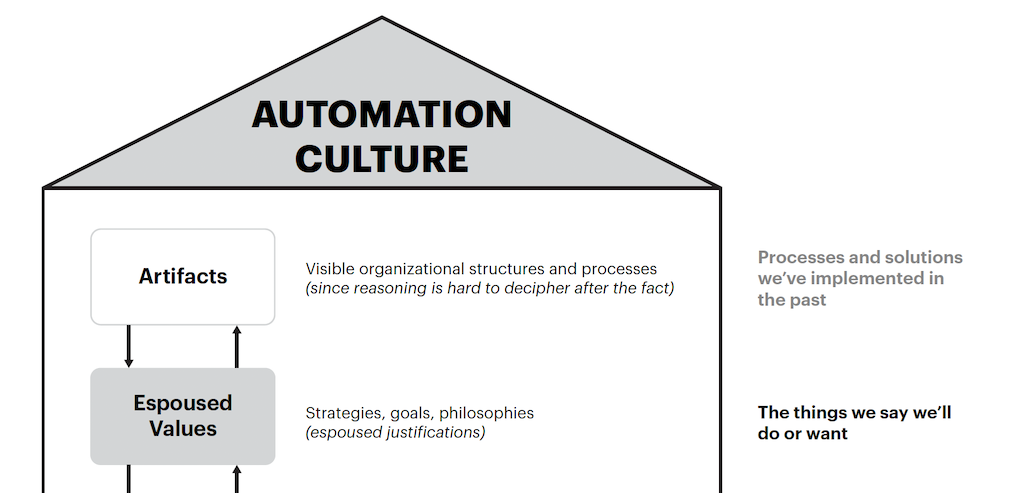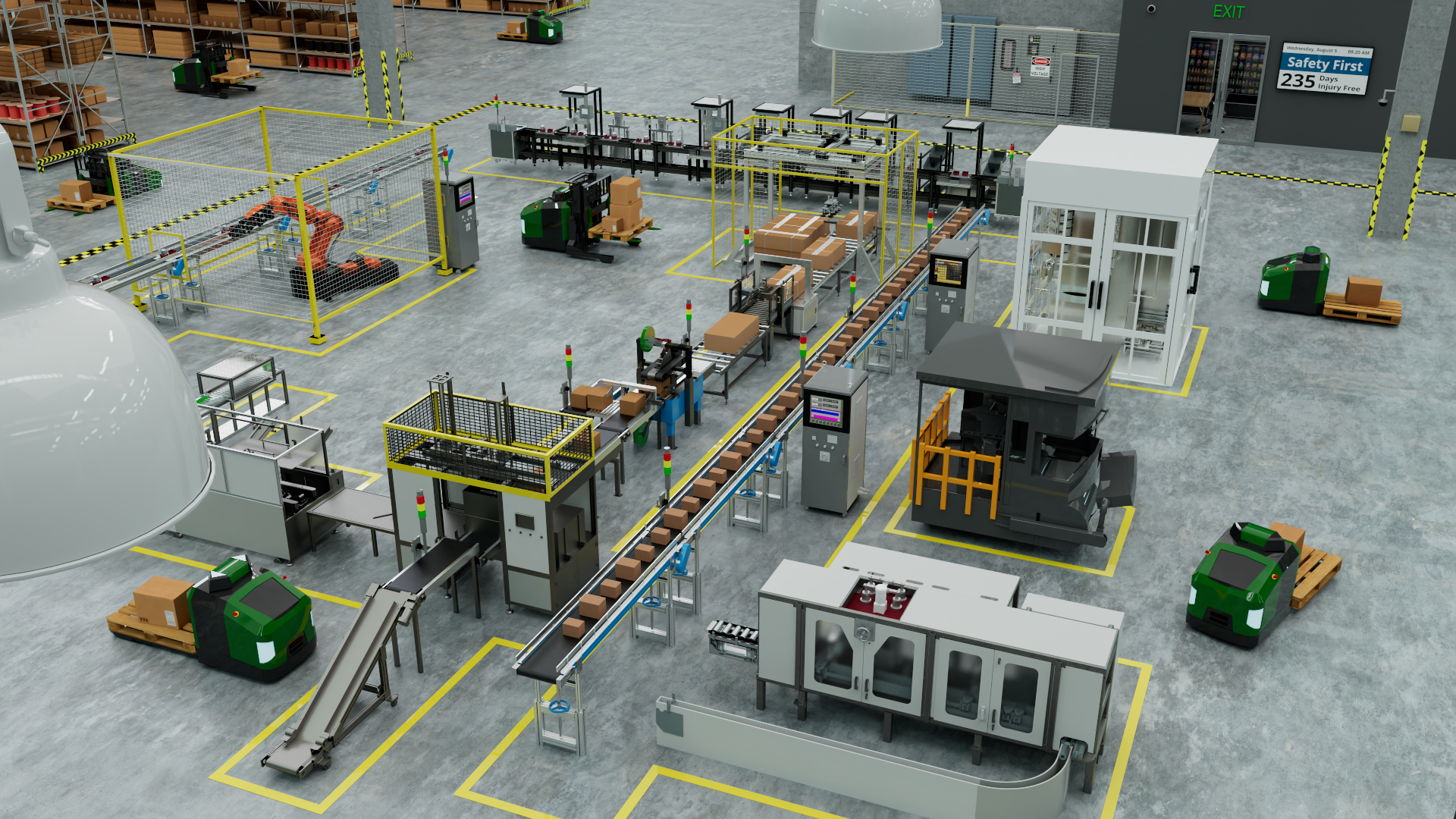Manufacturing, being a maker, is suddenly popular. But it won’t be easy. Aside from the terrible loss of manufacturing intelligence and muscle, there is uncertainty as to exactly what the profile of the reborn manufacturer will look like.

You can feel the momentum as automotive assembly plant suppliers, for example, talk about increased demand and new plants in the United States’ new South and Mexico. The pressure to perform is higher than it has ever been. Whether cheap money or heightened interest in reshoring and rebuilding American manufacturing capabilities are the cause, everyone — CEOs, investors, politicos, consultants and, most especially, producers themselves — senses opportunities and great challenges here.
Manufacturing, being a maker, is suddenly popular.
But it won’t be easy. Aside from the terrible loss of manufacturing intelligence and muscle, there is uncertainty — which spells opportunity — as to exactly what the profile of the reborn manufacturer will look like. Will this rebuilt entity be smaller and more productive, Leaner than the outsourced generation of 20 years ago? Or is this the time when manufacturers, emboldened by easy, cheap borrowing and a “clean slate,” introduce more and better robotics, automation and intelligent systems into their lines? And will they basically redefine exactly what the new makers look like?
Statistics indicate that workforce boomers are quickly retiring, not to be replaced by identical 20 years younger twins. And robots cost less, do more. Even outsourced giants in China have increased their robot populations. The software and analytics Cloud guys foresee bigger, more integrated applications, even on the shop floor, where one machine producer’s software often doesn’t talk to another’s. But all that discontinuity will change, just as it has in the computer and device markets. Integration will win.
So what will be the biggest challenges for our new and rebuilt American suppliers?
My friend Arnold Kamler, CEO of Kent International, a high volume, mass-market bike supplier to Walmart and other big retail, sees what lies ahead. Kamler is a third-generation bike man whose grandfather, Avram, emigrated from Poland 100 years ago, landing on the lower east side not far from the Manhattan Bridge. Avram, like so many refugees from pogroms and hardship, started small, repairing bikes in a little shop, but his son grew the shop, moved it to New Jersey and built a big company when the U.S. had hundreds of competing bicycle producers. Kamler, however, having inherited quite a different challenge, took the helm after the industry had consolidated and moved offshore, leaving only four U.S. mass-market bike producers. With the new plant in South Carolina, Kamler’s approach to his workforce, all of whom he knows by name, and automation, with new machinery arriving to take over pieces of the nearly forgotten bike-making process, is worth watching because we will all learn from it.
And my friends at Darn Tough in Northfield, Vermont, the last standing sock mill in New England, run an equally remarkable operation, having survived the loss, one by one, of all their high-volume, low-margin customers — Old Navy, J Crew, GAP, Banana Republic, etc. Also a third-generation sock maker, President Ric Cabot recalls the day the bankers showed up. The Cabot mill was millions of dollars in debt to the Chittenden Bank, and the suits were looking for their money, or at least a credible promise of repayment. “After the meeting, they backed out the door,” he said. “Instead of turning and walking out, they backed out. The lead banker looked back at me and said ‘No surprises.’ I knew we were at the end of our credit line.”
But 10 years later, Cabot is staring down unleashed niche market demand for their Darn Tough Vermont-made socks. The next step for this visionary producer is more machinery, and this time with elegant Italian pick-and-pack machines. By the time these new lovely machines are installed, Cabot will have constructed a fully integrated order-to-box system, another historical milestone for the industry.
And then there is the question of the reshored maker workforce. What do they look like, where did they come from, what kind of training do they need now and how much will it all cost? My friend John Sammut at Michigan’s gem of an electronic’s plant Firstronic is proud of having survived and beaten the outsourcing obsession. In fact, the Firstronic team is doing so well at growing manufacturing in the U.S. that they not only have prevented business from going offshore, they export 75 percent of production to Korea, China, Mexico and India.
But Sammut didn’t achieve such a reversal of fortunes without making drastic structural changes to the company, including:
- Trimmed its customer base by firing customers that cost Firstronic too much.
- Instituted its own training. There was no time to wait for government or institutional solutions, so Sammut developed his own candidate screening and certification training process for new hires.
Finding and developing the right workforce is just as big and intimidating as the automation challenge for reshoring companies. Their task is not simply to Lean down various cost categories, but they must essentially navigate the best, quickest and sometimes the cheapest paths to them. (For more on the metrics and paths to good performance, see Chapter 6, “Metrics for The Incredible Payback,” in The Incredible Payback, Innovative Sourcing Solutions that Deliver Extraordinary Results, by Nelson, Moody and Stegner, AMACOM 2004.)
For screening candidates, Sammut uses a simple psychological profile test from Jay Hawreluk called AcuMax. According to Hawreluk, it’s all about a person’s wiring. Some people naturally are wired for creative work, meaning they thrive on fewer rules, lots of freedom and personal interaction (having taken the test, the author can testify to the accuracy of the test results in that description). And some people work better within predictable environments in which data and regs rule. In the great scheme of things, one wiring profile is not better than the others, but some wiring definitely works better in production environments, for example. Sammut’s objective is to identify the right candidates who will fit the job, progress through Firstronic’s training program and keep turnover low.
Fortunately there is real help. Kamler, for instance, had the kind of government assist getting started that suppliers in other states envy. He had South Carolina Gov. Nikki Haley’s cell number, and he wasn’t afraid to use it. When the CEO surveyed possible new plant sites, one requirement stood out. He needed natural gas for the new factory, and his preferred location had none. But a direct call to Gov. Haley on her cell elicited the solution — her guarantee that the energy needs, as well as other physical and training needs, would be filled. And they
Named by Fortune magazine a "Pioneering Woman in Manufacturing," Patricia E. Moody, The Mill Girl at Blue Heron Journal, [email protected], is a business visionary, author of 14 business books and hundreds of features. This article originally appeared on AME Target Online Magazine. AME is a CFE Media content partner. Edited by Joy Chang, digital project manager, Plant Engineering, [email protected]



